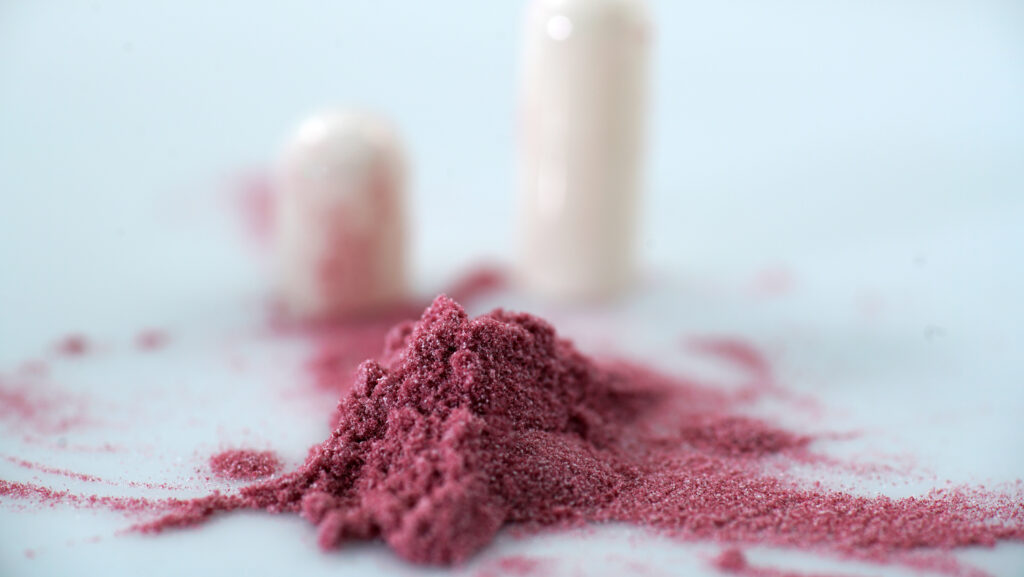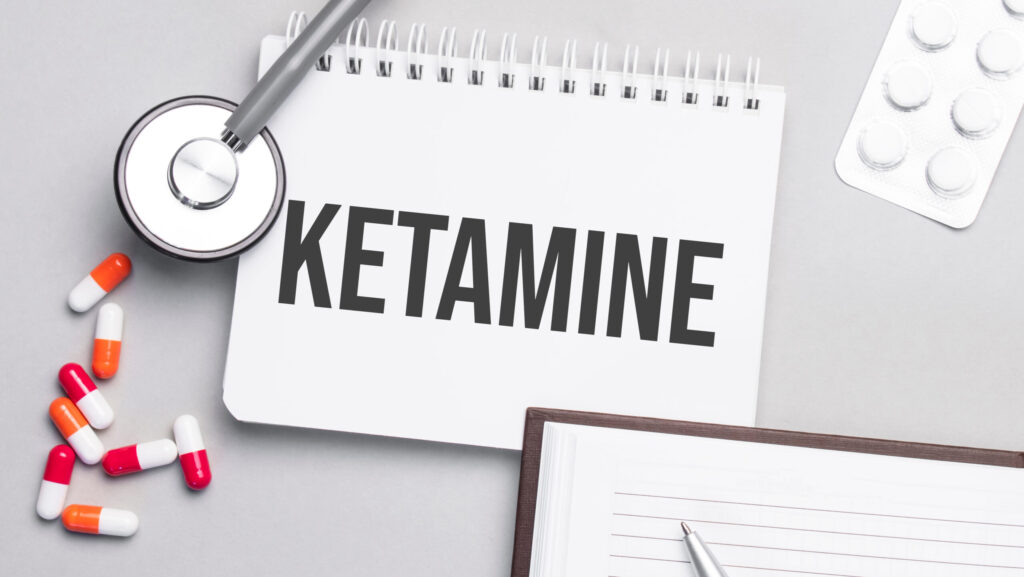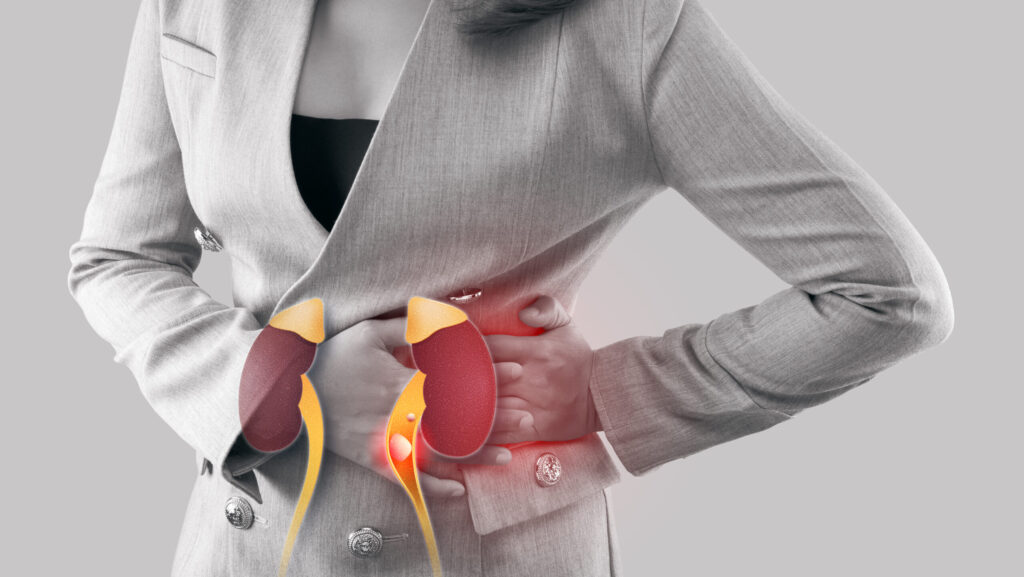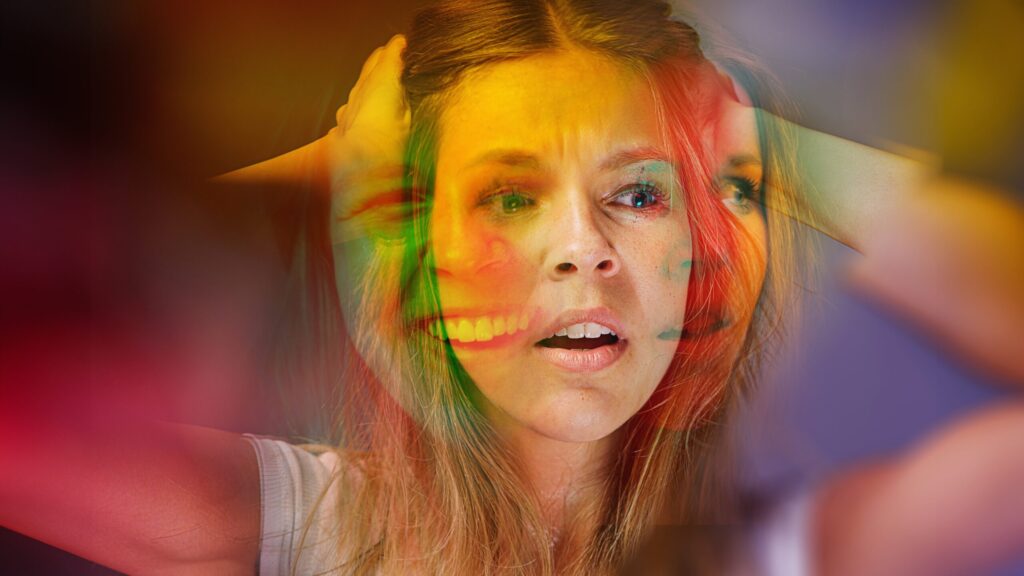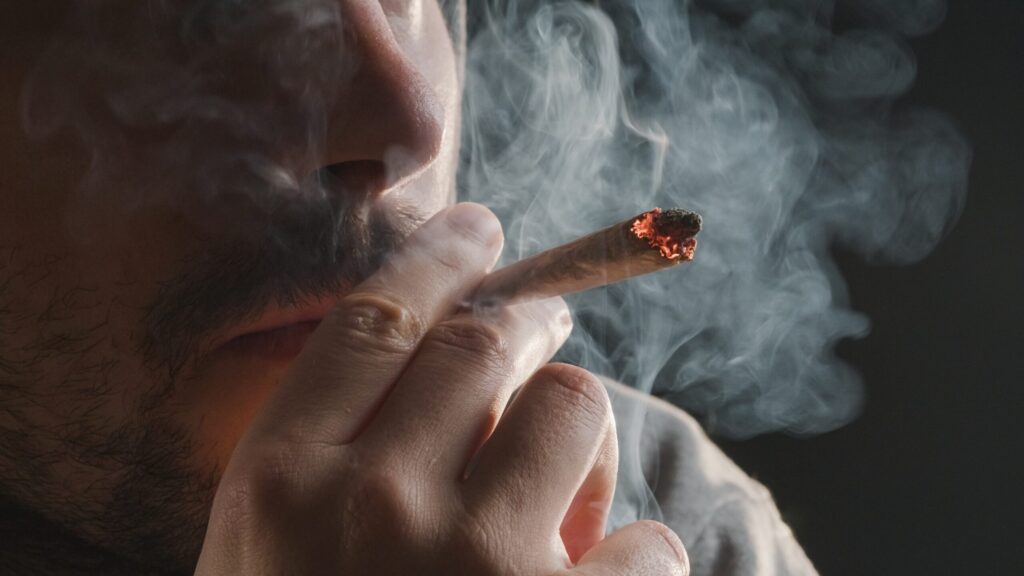How to live with an Alcoholic
Alcohol and substance addiction affects every one of any social class, race, background and culture. It not only affects the person with an addiction. It affects the entire support unit of friends and family. For many people, alcohol and drinking is a part of ordinary life during social or cultural events. In many places, it is socially acceptable to enjoy an alcoholic drink. However, alcohol effects vary depending on each person and in some cases, dangerous alcohol drinking patterns can lead to an addiction. Watching a family member or friend struggle with alcohol addiction can be heartbreaking, difficult and frustrating.
How to live with an Alcoholic Read More »


